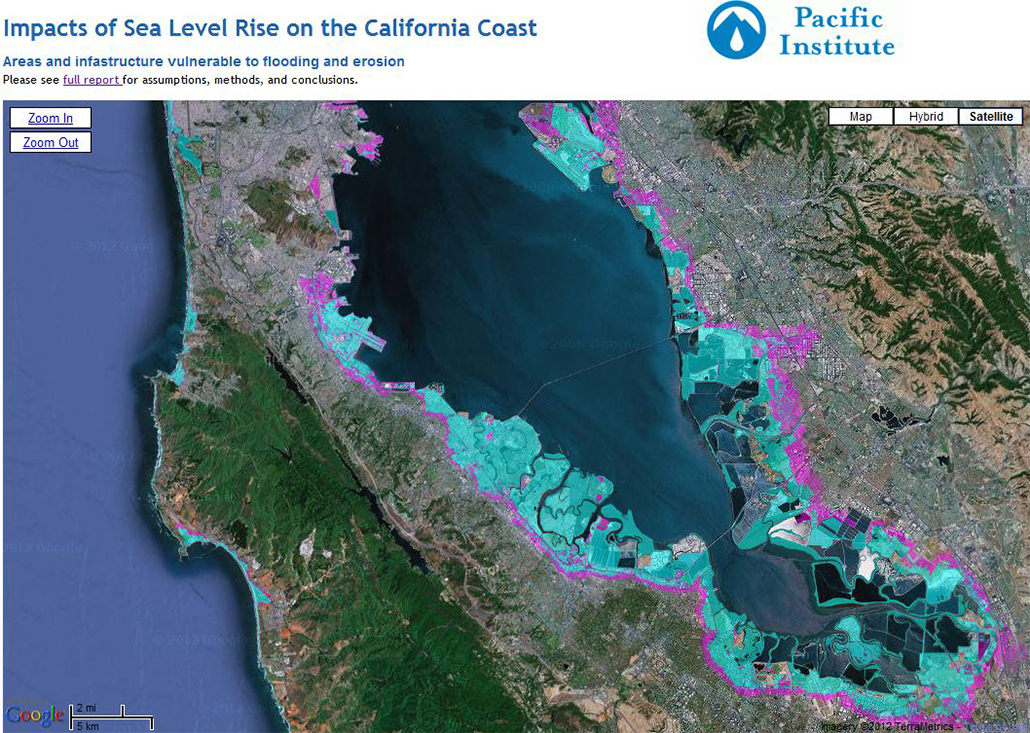Options for Cap and Trade Auction Revenue Allocation
Place: California • Date: 2008 • Partner: Next10 Foundation
Project Summary
California has embarked on one of the world’s most ambitious climate and energy efficiency (EE) policy initiatives, and next year the process begun in 2006 with passage of AB32 will reach an important milestone, inception of a Cap and Trade system of marketed rights for greenhouse gas (GHG) emissions. The exact design and implementation of this system remains the subject of active policy dialog and research, but it is generally agreed that tradable emission permits will have pervasive economic, environmental, and technological impacts on the state economy. One important direct economic benefit may arise from competitive auctioning of emission permits. Those who support this approach argue that, because the atmosphere and air quality are public goods, those who “consume” them by emitting GHG should pay for the privilege. Under a variety of auction scenarios, it is estimated that revenues totaling billions of dollars annually will accrue to the state.
How this new revenue source might be used is also a matter of intensive public and private discussion. Both public and private institutions have expressed an urgent interest in strengthening the basis of evidence on this issue. The present study addresses this need to support more effective use of these public funds. In particular, we evaluate the impacts on California economic growth, employment, income, and the state budget of a diverse but representative array of alternative scenarios for auction revenue allocation.
The assessment tool used in this study is the Berkeley Energy and Resource (BEAR) model. BEAR is a detailed and dynamic economic simulation model that traces the complex linkage effects across the California economy as these arise from changing policies and external conditions. BEAR has already been used to produce estimates for the California Environmental Protection Agency, and its projections are quoted in the Executive Order establishing AB32. Because it follows detailed interactions between California consumers, enterprises, and the state’s fiscal activities, BEAR captures the myriad of indirect effects that can arise from more narrowly targeted expenditure decisions. Taken together, the indirect effects often outweigh initial fee collections or disbursements, in many cases in opposite or partially countervailing directions. For example, an emission fee may impose direct costs on polluters, but the economywide benefits, including energy savings, averted pubic health costs and even climate damages, may be much larger. A comprehensive assessment of both direct and indirect effects is essential to fairly appraise the public interest in such policies.
BEAR has been applied to such issues since the legislative run up to passing the Global Warming Solutions Act (AB32).1 Successive rounds of BEAR analysis were broadly in accord with the state’s findings and buttressed public awareness in legislative discussion of Assembly Bill 32 (CARB: 2007). In the current phase of climate action dialogue, more specific policy design features and impacts are being subjected to intensive public and private scrutiny. Rules for allocating emissions permits, as well as those governing the revenues obtained from permit auction programs, will soon be determined, and the potential magnitude of these transactions has naturally aroused public interest. Moreover, allocation rules may have complex incentive effects that bear on both policy effectiveness and equity issues. For these reasons, the basis of evidence for constructive policy dialogue on this issue needs to be strengthened.
The goal of this work is to elucidate the potential benefits of different allocation strategies, with particular attention to the sustained growth and prosperity of Californians. We find that AB32 generally, and Cap and Trade marketed emission permits in particular, can contribute positively to both our quality of life and our livelihoods. Our detailed results reveal that the choice of specific implementation strategies matters a lot, however, and we strongly recommend and careful and consultative approach to choosing exactly which allocation strategies are implemented, as well as what ex poste performance criteria might be applied to them as this policy evolves over the coming decades. The environmental impacts of Cap and Trade are intuitive and relatively well understood by both the policy and public communities. The economic implications of implementation strategies are, as is apparent from our results, more complex and require careful analysis and interpretation.
The present research in intended to strengthen the basis of evidence in this area, particularly to contribute independent research to the policy dialog how to sustain and propagate the benefits of a more carbon-efficient future. The focus of this study is on emission permits allocation choices and in particular the efficiency and equity tradeoffs these entail as well are their macroeconomic implications.
There are complex dynamics, in both efficiency and justice terms. In 2010, Next10 underwrote five research teams looking at allocation choices and summarized this research as The Mutli-Billion Dollar Question. We made progress on the some of the larger questions, in particular supporting CARB’s proposal to do significant auctioning of emission permit. We explored the question of the relative merits of using allowance value to lower tax rates or provide a dividend check to California citizens. The dividend option performed surprisingly well: the small increased incentive to work from reduced tax rates was not as stimulating to economic growth. The dividend, also more equitable, shifts spending to lower income levels, which has a more favorable pattern of spending on in-state goods and services.
The question of how to optimally spend auction revenue is a thorny one for a quantitative analyst to confront. The potential changes to spending levels and combinations of potentially dozens or hundreds of potential spending options quickly becomes impossible to manage. That said there is surely a role for analysis to aid decision making. Building on prior work by Farbes and Kammen (2010) and a survey of experts in the field, we have tested the macro effects of spending on a set of eighteen options for recycling revenues from auctions for GHG emission permits.
Five salient insights emerge from the BEAR economic analysis:
Main Findings
- California has a wide array of options for recycling revenues from auctions for GHG emission permits, each of which can contribute to long-term economic growth and job creation.
- Most of the allocation options considered return more to economic growth than their cost, and in the process increase state revenue, but net benefits differ significantly.
- The most pro-growth options invest auction revenue in expanded household-level EE and renewable technology diffusion, and all these generate additional new state revenue.
- Allocations that merely offset existing fiscal commitments, while still fostering some growth, do not yield benefits comparable to committing new revenues to efficiency measures.
- New employment benefits generally increase with GDP, but vary depending on the demand patterns affected by the policy. Again household efficiency promotion is the most employment-intensive allocation strategy.
These general conclusions are supported by a myriad of more detailed structural information, the elucidation of which can be essential to design and implement effective policies. Rigorous policy research tools like the BEAR model can shed important light on the detailed economic incidence of energy and climate policies. By revealing detailed interactions between direct and indirect effects across a broad spectrum of stakeholders, simulation methods of this kind can support more effective policy responses to climate change.
Most Recent Entries

Low Carbon Biomass Conversion in the Sierra Nevada







